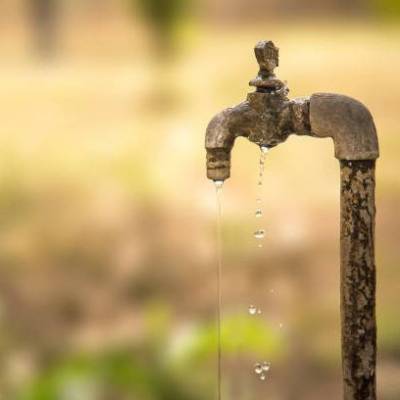The Central government plans to recharge groundwater using treated water in a novel bid to solve water problems in Tamil Nadu.
If the pilot proves to be successful, the method is likely to be replicated in different parts of the country also.
A lack of fresh water to recharge groundwater is a concern in large parts of Tamil Nadu, where saline seawater has seeped into the soil, making it infertile.
According to the water resources department, river development, and Ganga rejuvenation under the Jal Shakti ministry, the artificial recharge project is being executed in partnership with the Netherlands.
The department said that the pilot project is being executed in the doab of Araniyar and Korattailaiyar River in Tamil Nadu is an innovative solution. Doab refers to the alluvial land between two converging rivers.
Direct recharge using treated water has not been taken up considering that groundwater is used for all purposes, including drinking in India or any other country. The area has already been impacted by seawater intrusion, and groundwater is already saline.
The department said that it would be apt to carry out a pilot study in this location and understand the effect via robust monitoring, and based on the results, the same can be repeated in other areas having similar problems.
Around 600 million people in India face high to extreme water stress, and about 200,000 people die every year owing to insufficient access to safe water, according to a 2018 estimate by Niti Aayog.
The water situation in states such as Rajasthan, Uttar Pradesh (UP), and Gujarat is alarming as per government estimates. Niti Aayog indicated that by 2030, the water demand of India would be twice the available supply. The policy think tank brought out a water management index in 2019, which ranked Gujarat as the best performer in 2016-17, and Jharkhand as the worst. It has also been projected that the water requirement of India by 2050 in a high use scenario is likely to be 1,180 billion cubic meters, while availability is likely to be lower at 1,137 billion cubic meters.
The natural way to filter the polluted rain and surface water is to harvest and convert it into groundwater. The government and NGOs should focus on reducing the schemes’ cost, and amplify the benefits and success in groundwater recharge with adequate knowledge of geological conditions, said Rahul Todmal, Assistant Professor of Geography, University of Pune.
Also read: Govt launches AMRUT to develop infrastructure in water sectors


